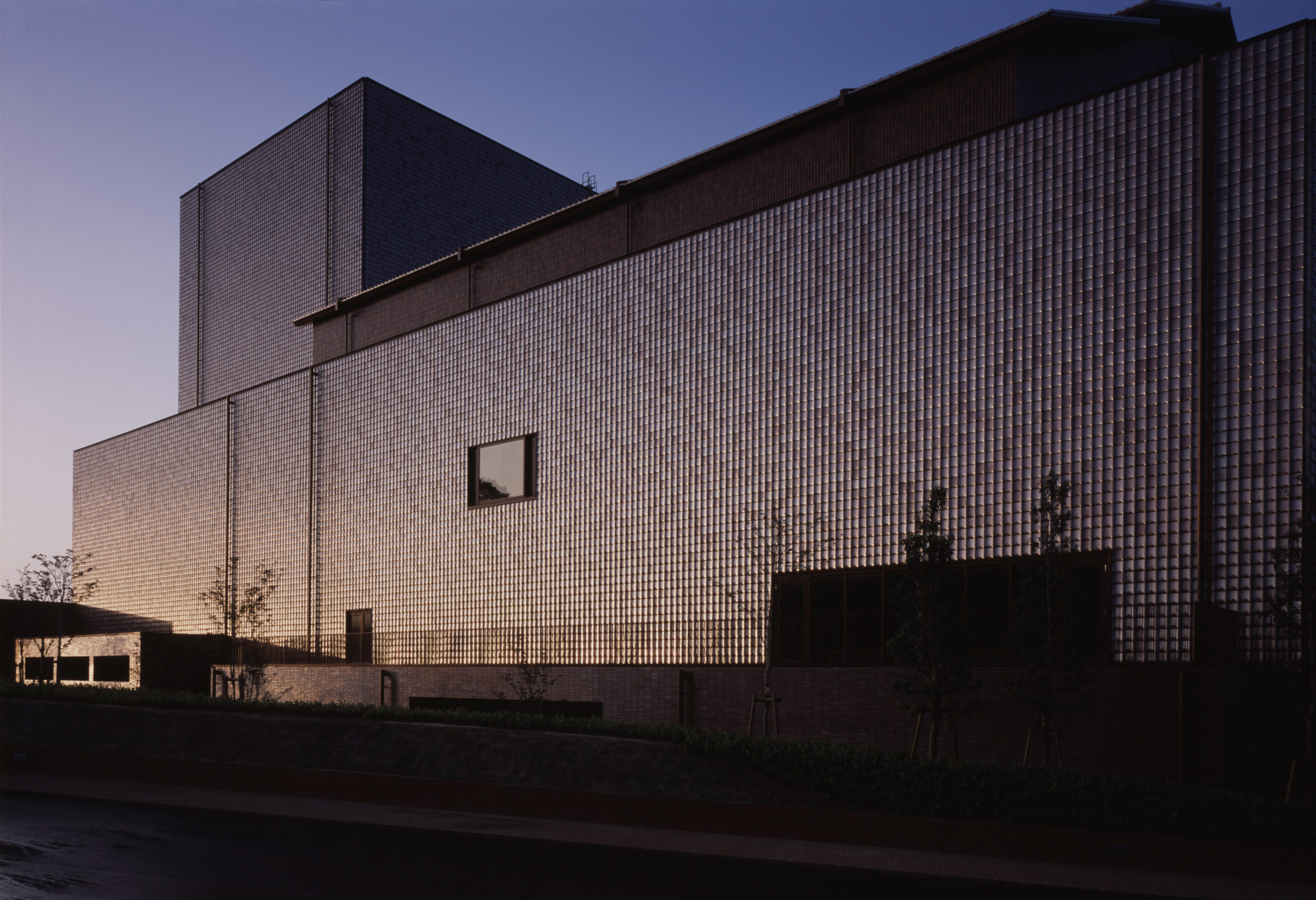Message from General Manager
The Shimane Arts Centre ‘Grand Toit’ opened on 8 October 2005 in Masuda, the most westerly city in Shimane Prefecture, as a complex of the ‘Shimane Iwami Art Museum’ and the ‘Shimane Iwami Art Theatre’. Since its opening, the museum has continued to make the most of its status as an art museum and theatre complex.
In October 2025, the museum will finally celebrate its 20th anniversary. The children who visited the Grand Trois when it first opened are already university students and working adults. The staff are all working hard to ensure that everyone can see the matured Grand Trois after 20 years of operation.
I was appointed Director of the Centre in August 2022, succeeding Kiichi Sumikawa, former Director of the Centre. When I took office, the Governor of Shimane Prefecture said to me: ‘While retaining the Sumikawa-ism, gradually bring out your own colour.’ I have since been doing a lot of different jobs, but I have always been able to express myself in my own way. Since then, I have always wondered what my own colour is while doing various jobs.
One of the answers to this question came to me recently. I have been involved with Grantova since the time when the then governor announced the construction of an art museum and theatre complex in Masuda. I was involved in the selection of the construction site, walking around several candidate sites in Masuda and listening to the opinions of local people. I was also involved in the creation of the concept for Grantova, and frequently visited the then President of the Tokyo University of the Arts, Dr Kiichi Sumikawa. Once design and construction had begun, I also went to the architect, Naito Hiroshi.
If the ‘colour’ mentioned by the Governor is a ‘characteristic’, then the strength of my own experience of the various matters that arose during the preparation of the grantwa would be my colour. Whenever I am asked for my opinion or have to make a decision as centre director, I always speak up while consulting myself during the preparation process. I think that attitude will continue for the foreseeable future.
All of the projects in 2025 are positioned as the 20th anniversary celebrations of the museum, and the staff are making preparations for them, and we would like to express our gratitude to the local community and many other people for the 20 years we have been running, and we will make further efforts for the next 10 or 20 years, so please give your support and encouragement to Grantois. We ask for your support and encouragement to Grantwa.
Mar 2025.
Grand Toit
General Manager Katsuyuki Matono
Activity Policy
Shimane Arts Centre
The Shimane Arts Centre is a complex of the Shimane Iwami Art Museum and the Shimane Iwami Art Theatre. As an arts and culture centre for the Iwami region, this facility provides opportunities for the appreciation of diverse, high-quality arts and culture through mutual cooperation and inducements in the fields of art, music and theatre. It also aims to nurture and create new artistic culture together with the local community, while valuing the culture that has been nurtured in the Iwami region.
Activity Policy
- Creating a mechanism to make the arts more accessible
- Supporting and fostering networks through arts and culture
- Provision of extraordinary spaces
- Disseminating information with a global perspective
Iwami Art Museum
- A wide variety of temporary exhibitions will be organised from a broad perspective. In addition, high-quality permanent exhibitions with a thematic focus will be presented.
- It collects outstanding national and international artworks, regardless of region, field or age.
- The organisation collects, exhibits and conserves works of art, and carries out research and studies related to education and dissemination.
- Educational outreach activities, such as lectures and workshops, are organised to deepen understanding of art.
Iwami Arts Theatre
- The centre serves as a place for the appreciation and creation of art and culture.
- The organisation conducts a full range of voluntary projects to provide access to excellent art and culture.
- Provides training opportunities in performing arts.
History
| 2000 Sep | Shimane Art Center(provisional name)Development of a basic development plan |
|---|---|
| 2000 Nov | Shimane Art Center(provisional name)Seven companies selected to participate in the design competition. |
| 2001 Mar | Naito Hiroshi Architects’ proposal was selected as the best entry in the design competition. |
| 2002 Nov | Construction (building) start |
| 2005 Oct 8 | Opening |
| 2007 Jul 20 | 48th BCS Award (Building Contractors Society Award) |
| 2007 Feb 6 | 14th Shimane Landscape Award Grand Prize. |
| 2008 Sep | Awarded the 14th Iraka Prize Money Award. |
| 2008 Oct | UD Award (Urban Design Award) 2008 Winner |
| 2010 Oct | 12th Public Building Award, Special Prize. |
| 2013 Jan | 2012 Regional Creation Award (Minister of Internal Affairs and Communications Award) |
Main facilities
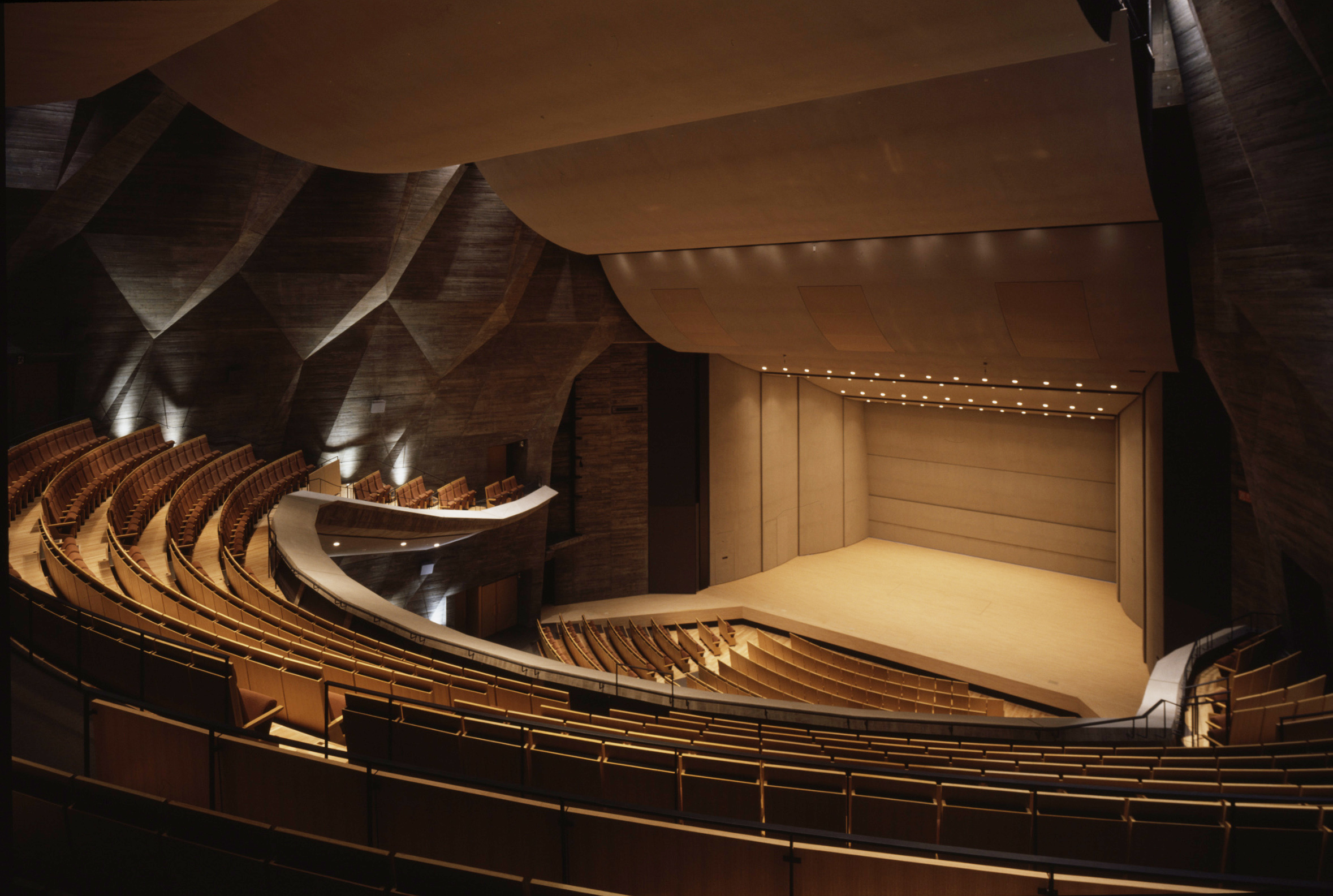
Main Hall
The stage is the largest in Shimane Prefecture and is equipped with the latest suspension mechanisms and travelling sound reflectors, enabling a variety of performing arts, including musicals and concerts. 1,500-seat auditorium (993 seats on the first floor, 4 wheelchair seats and 503 seats on the second floor) is arranged in a gentle arc towards the stage for easy viewing of the stage. The seats are arranged in a gentle arc towards the stage for an easy view of the stage.
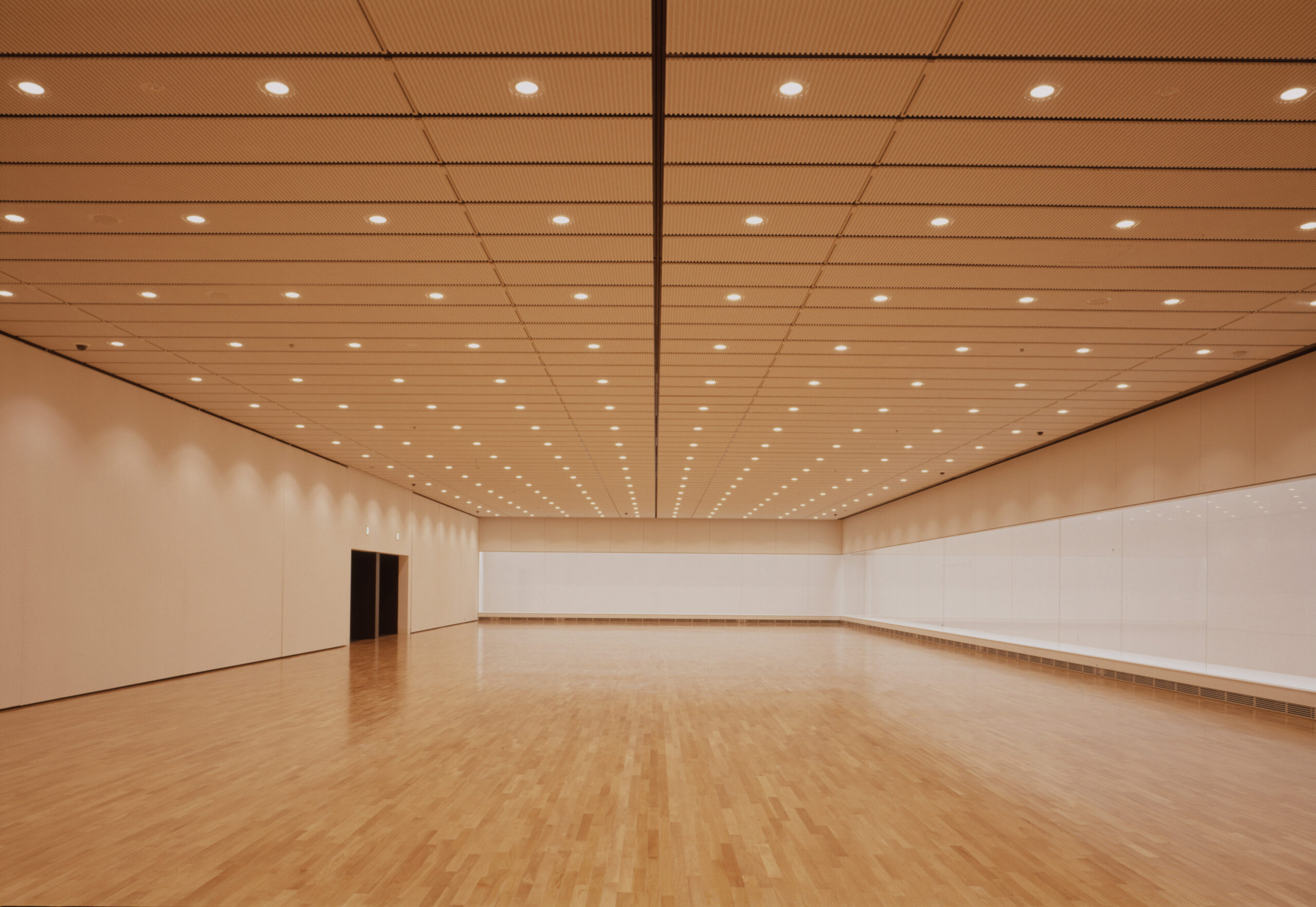
Exhibition Room
The museum will hold a large scale special exhibition, making use of four large and small exhibition rooms with different atmospheres. The exhibition will also feature works by artists associated with Mori Ogai, Iwami art, fashion and other items from the museum’s collection.
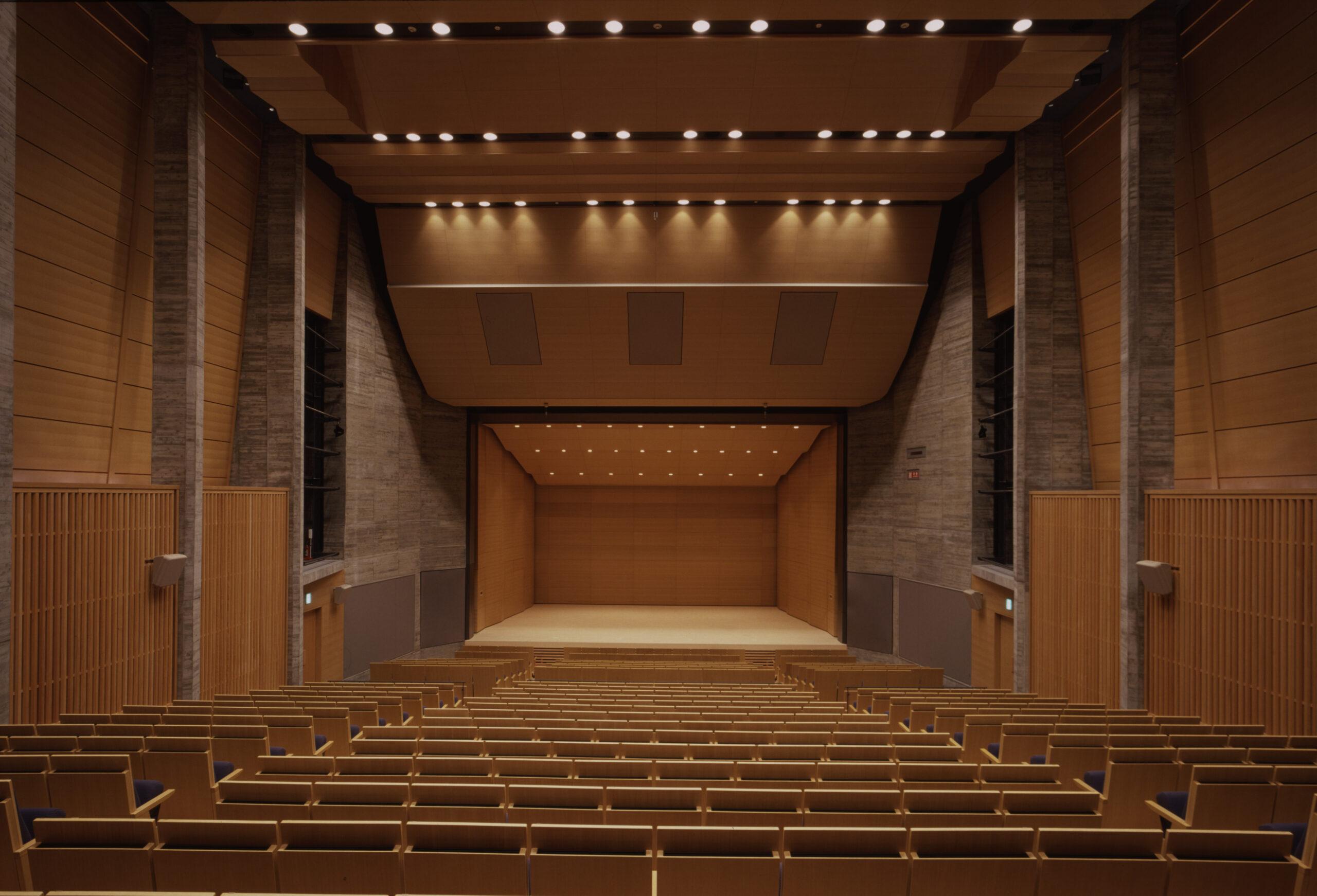
Small Hall
The stage, equipped with a suspension mechanism and acoustic reflector, can be used for theatre, chamber music and lectures. The auditorium seats 400 people and its proximity to the stage creates a familiar atmosphere.
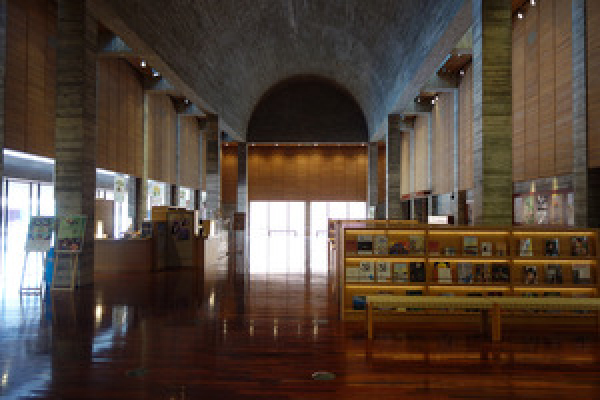
Museum Lobby
The general information counter provides information on events at the museum, theatre and other venues, and sells museum tickets. The art library offers free access to specialist books and magazines on art and music, as well as film, fashion and architecture.
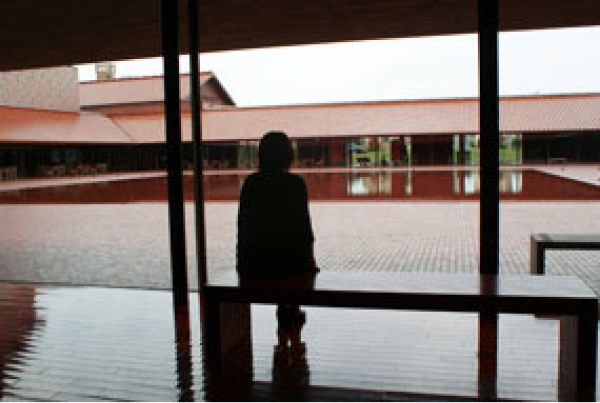
Corridor
The flooring in the corridor is made of flowering pear. Visitors can sit on benches at various locations and look out over the courtyard square.
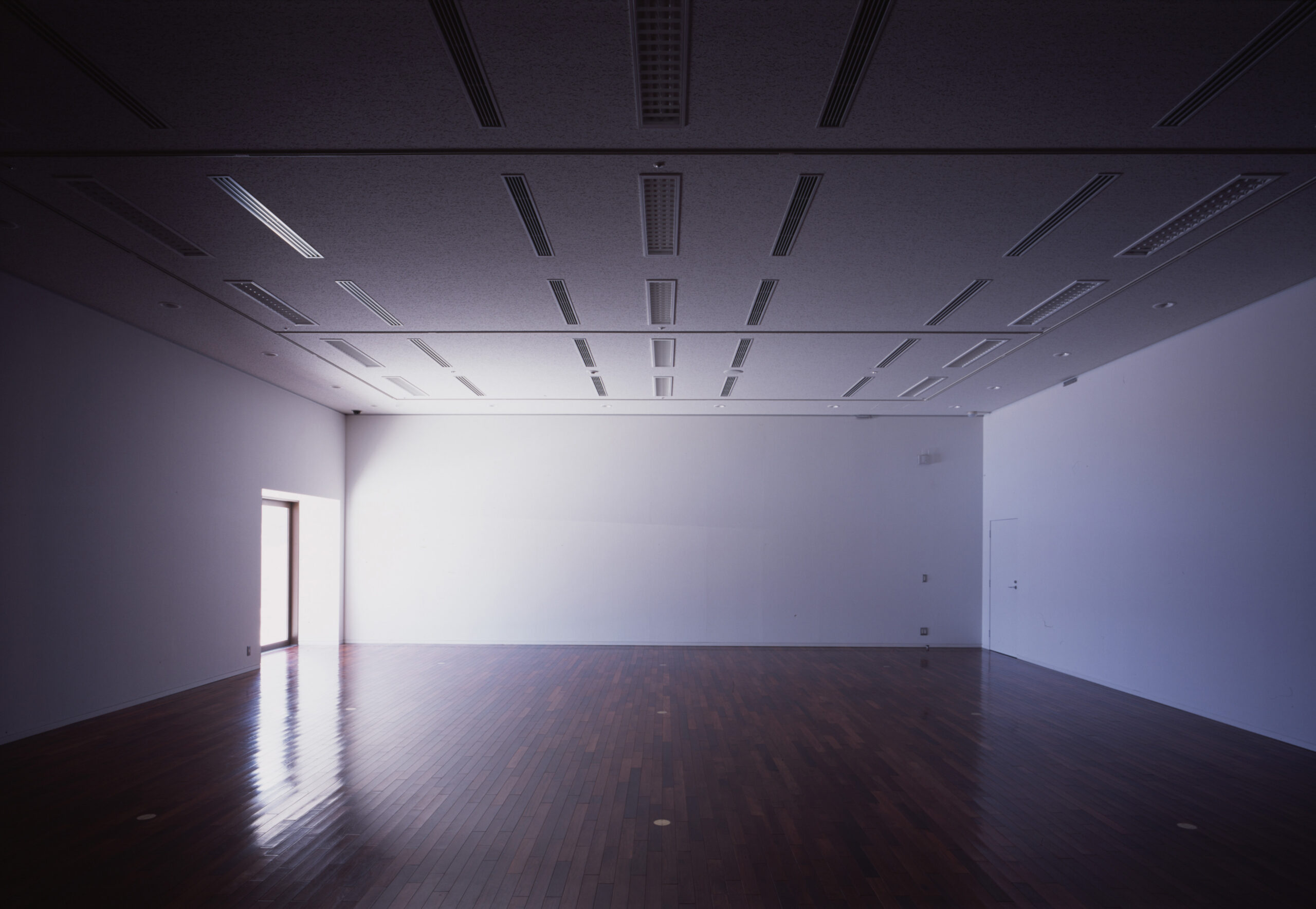
Multipurpose gallery
It can be used as a venue for the free presentation of artworks. Various educational and promotional activities will also be carried out.
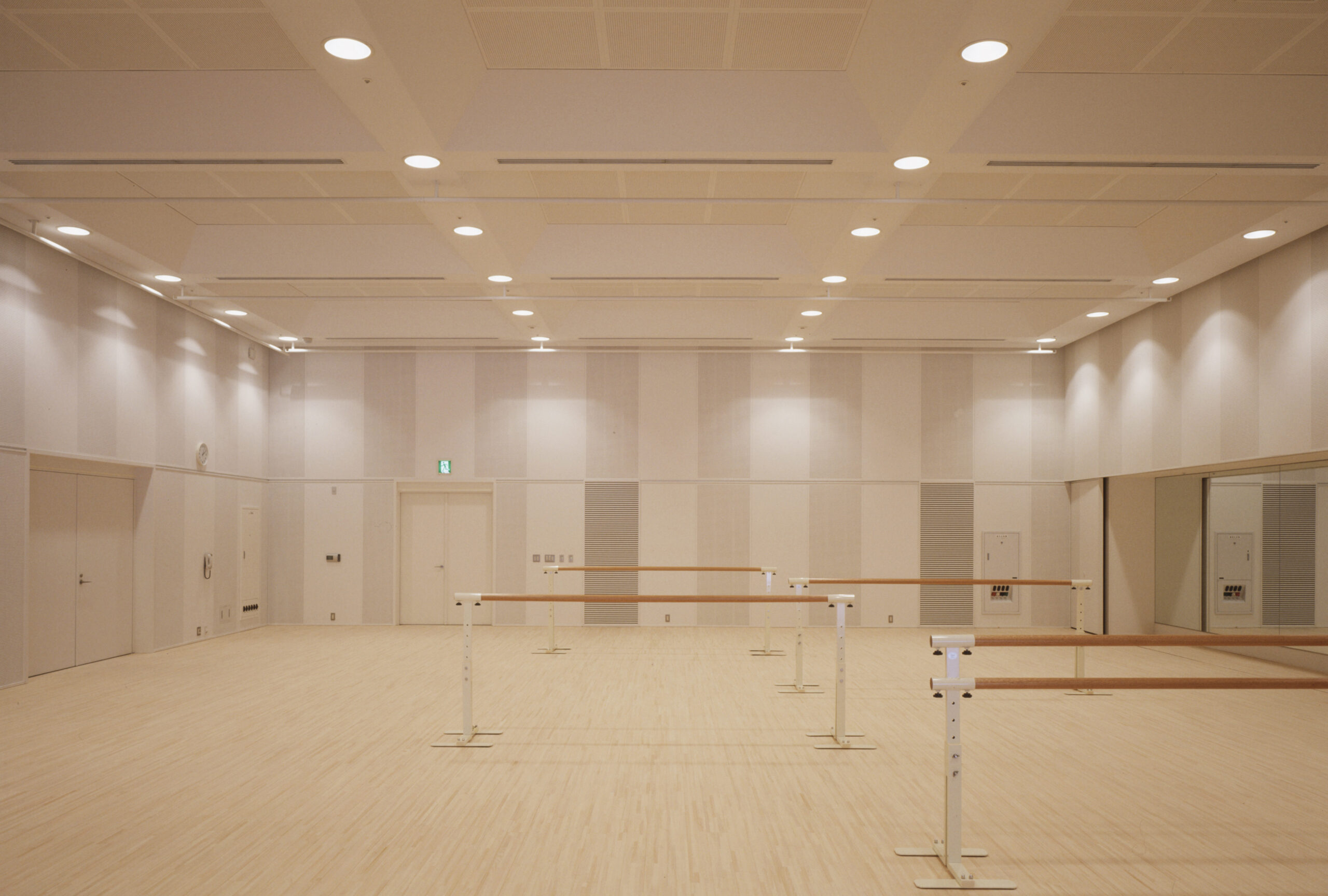
Studio 1
There are two two-room studios: a studio the same size as the main hall main stage and Studio 2, which is suitable for small-scale rehearsals. The studio can be used for rehearsals for performances as well as mini-concerts.

Studio 2
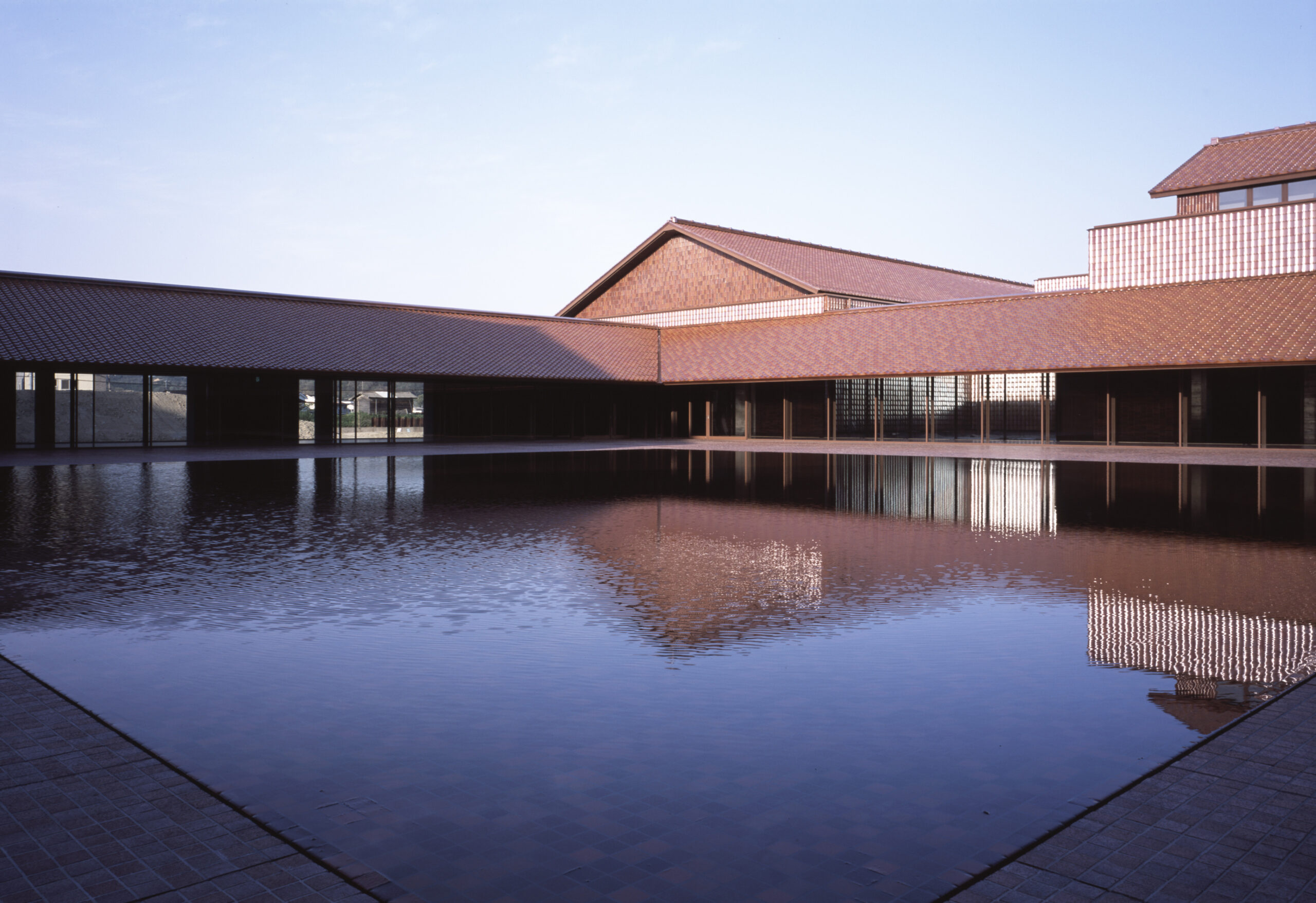
Courtyard Square
The water basin, 25 m on a side, is mortar-shaped with a depth of 12 cm at its deepest point in the centre, and water from the spring flows in all directions and through slits into an underground tank for circulation. On windless days, the ‘water mirror’ reflects the building and surrounding landscape, while the gentle sound of running water echoes.
Symbol Mark

The symbol consists of the letter ‘S’ for Shimane Prefecture and the letter ‘I’ for Iwami, and was also designed to add a sense of depth reminiscent of the distant view of the Sea of Japan. The orange image of the letter ‘I’ is not only reminiscent of the colour of Ishizhu tiles, but also, in combination with other colours, evokes an image of a richly-coloured, sunny celebration of the museum and hall’s cultural facilities.
Yahagi Kihanro
Monument
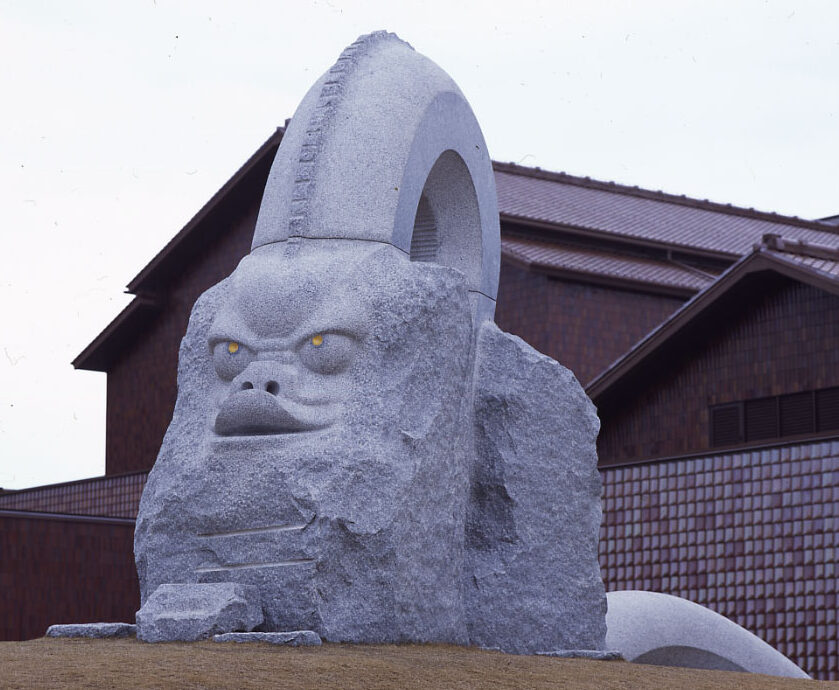
The monument Orochi is made of granite, and is based on the theme of a ‘familiar’ serpent (Orochi), which inherited its image from Iwami Kagura, one of Japan’s most famous Shinto music and dance festivals. Orochi is an archaic word meaning a high peak or hill, and ‘chi’ means god, a dragon- or snake-shaped demon, said to have the power to rule the universe at will, living on earth, in the water and in the air. He is a free spirit of creation who has the energy to soar to the heavens in an instant if ridden by the sound of music. The Grandtois, which is a hall of cultural creativity representing Iwami, including art and music, has a dignified appearance covered in Ishu tiles. In order to match this architecture, a sense of rhythm with curved lines was carved into the megaliths, making the sculptures most suited to the environment. The sculpture also encompasses a space where the sculpture can pass through a gap. The backs, mouths and nostrils of the Orochi, which serve as benches, can be easily touched, making the sculpture a familiar sight. Above all, the sculpture should be a unique monument that can only be seen in Masuda. The sculpture was created with all my heart in the hope that the San’in region will develop as a cultural prefecture in the future, transmitting the cultural power of the region, centred on its precious historical heritage.
Kiichi Sumikawa
Nickname
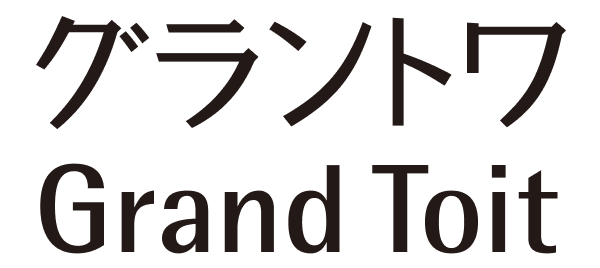
The nickname was chosen from among 16,456 entries submitted from all over the country, and after a rigorous screening process, the nickname ‘Grand Toit’ was chosen by Mr Hiroaki Kawahara from Yamaguchi Prefecture. Grand Toit’ means “grand” and “toit” in French, and it expresses well the Centre for Arts and Culture, which is characterised by its gabled roof made of Ishizhu tiles, a proud feature of Shimane Prefecture. At the same time, the word has a sense of power, grandeur and expanse, and was chosen as a suitable nickname for a centre of arts and culture.
Facilities overview
See below for a facilities overview of the Shimane Arts Centre ‘Grand Toit’.
島根県芸術文化センター「グラントワ」施設要覧(PDF file / variant A3, 15 pages / 26.5MB)

